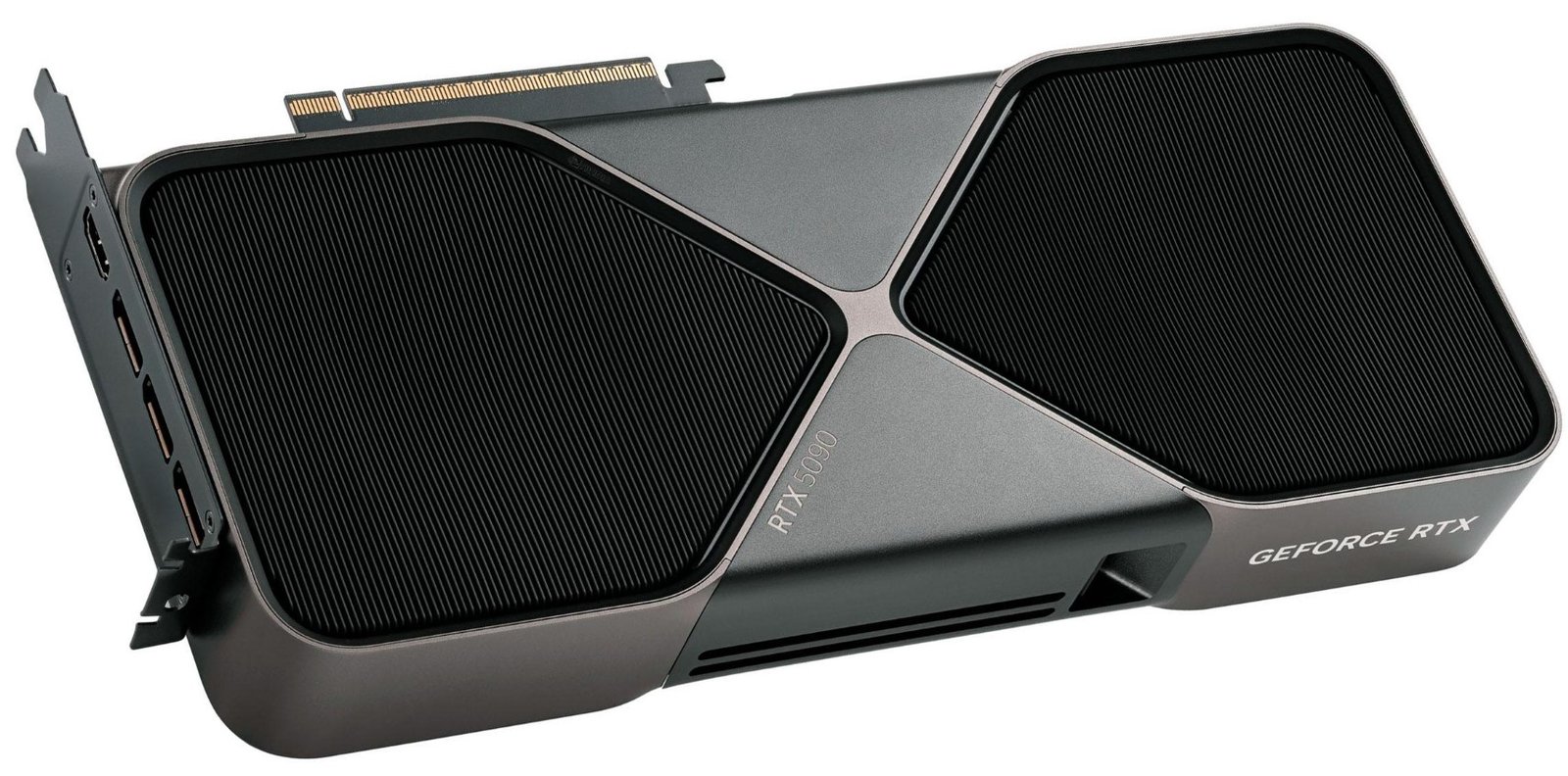A visual early-warning system might not sound like a major selling point for a high-end graphics card — until your power cable starts to sizzle. Galax, a graphics card maker not always in the mainstream spotlight, is doubling down on a feature that could save gamers from thousands in hardware losses: diagnostic LEDs. And with Nvidia’s RTX 50 series sparking fresh safety concerns, the timing couldn’t be sharper.
Galax’s diagnostic lighting system — subtle on paper, but striking in practice — has made a comeback in its newly unveiled GeForce RTX 5080 HOF graphics card. Its purpose is simple: alert users when their GPU power connection isn’t up to scratch. But with whispers turning to warnings about melting connectors, this little LED strip could soon become a must-have, not a gimmick.
Not Just for Looks: The LEDs That Actually Warn You
These aren’t your average RGB mood lights. Galax’s Hall of Fame (HOF) cards, starting with the RTX 4090, shipped with color-coded LED alerts meant to visually flag issues with power supply connections.
One light turns yellow when the 16-pin connector isn’t properly seated. Another blinks red if something’s off with the PCIe slot’s power delivery. It’s smart, really. These cards aren’t just glowing for Instagram flexes — they’re trying to tell you something might be wrong.
And now with the 5080 HOF? That same red LED now means something a bit different. It’s triggered when PCIe slot power delivery is “abnormal” — a vague description, sure, but in this context, vagueness might be a feature, not a bug. Especially with increasing anecdotal accounts of RTX 50 GPUs causing connectors to melt down like cheap candles.

Why This Matters More Than Ever
Gamers and hardware enthusiasts are no strangers to fiddly setups. But Nvidia’s new 16-pin 12VHPWR connectors introduced in the RTX 40 series — and now in the RTX 50s — have been, let’s say, a bit temperamental. Improper installation or flexing of the cable can lead to dangerously high resistance, which in turn heats things up far more than it should.
It’s not just Reddit drama. Several high-profile tech reviewers and users have reported melted connectors, damaged PCBs, and even scorched cases. The fix? Triple-checking connections, not bending cables too tightly, and praying a bit. But Galax’s solution adds something most cards don’t: a real-time warning.
Even though Galax doesn’t claim its lights can catch a meltdown before it starts, the company is subtly implying that being able to tell something is wrong — whether that’s poor contact or power irregularities — might just save your gear.
LED Diagnosis in a Market That Still Lags Behind
So, why aren’t more manufacturers doing this? Some of the bigger GPU vendors offer software-based telemetry — stuff you can monitor via apps. But physical indicators that alert users during installation or gaming? That’s rare.
Here’s what Galax is doing differently, in plain terms:
-
Yellow LED: Signals improper connection of the 16-pin power cable
-
Red LED (on RTX 5080 HOF): Indicates abnormal PCIe slot power delivery
-
Visual access: These lights are placed in plain view so users can immediately spot problems
It’s simple, but effective. You don’t need to dive into GPU-Z or log files when your card is literally flashing a warning at you. For casual gamers and hardcore builders alike, that’s peace of mind.
What’s Changing with the RTX 5080 HOF
Beyond the LED feature, the new RTX 5080 HOF carries forward Galax’s signature extremes — massive coolers, reinforced power stages, and that unmistakable white aesthetic. But here’s what really catches attention this time: an undercurrent of safety-first thinking, in a market often obsessed with sheer performance numbers.
Let’s break it down in a quick comparison:
| Feature | RTX 4090 HOF | RTX 5080 HOF |
|---|---|---|
| LED Warnings | Yellow (cable), Red (motherboard) | Yellow (cable), Red (PCIe slot) |
| Cooling | Triple-fan, vapor chamber | Updated fans, same design |
| Aesthetics | White, RGB overload | Similar, refined lighting |
| Release Year | 2022 | 2025 |
At a time when Nvidia is pushing wattage limits — the RTX 5080 is rumored to draw close to 400W — knowing your card has some built-in sanity checks adds a different kind of confidence.
Community Response: Cautious Approval, Some Skepticism
It’s not just enthusiasts taking notice. Forums like Overclock.net and Reddit’s r/hardware have lit up (pun intended) with discussions about Galax’s reintroduction of the LED diagnostic system. Some users appreciate the transparency and simplicity. Others worry it’s still not enough.
“Better than nothing,” one user posted. “But I’d rather not need a warning system in the first place.”
Fair point. But this isn’t just a Galax problem — it’s Nvidia’s whole design strategy under scrutiny. The power delivery system Nvidia’s chosen for its high-end GPUs doesn’t leave much room for error, and users are beginning to demand better safeguards.
Nvidia’s Silence, Galax’s Opportunity
So far, Nvidia hasn’t addressed the LED warning trend directly. That leaves brands like Galax a window — a way to differentiate in a market where specs alone no longer win loyalty.
Of course, LED alerts won’t stop a connector from failing altogether. But they can give users — especially less experienced ones — a heads-up that something’s off. That’s more than most cards do.
And with gamers now dropping $1,200 or more on GPUs, maybe a little blinking light doesn’t seem so silly after all.
































